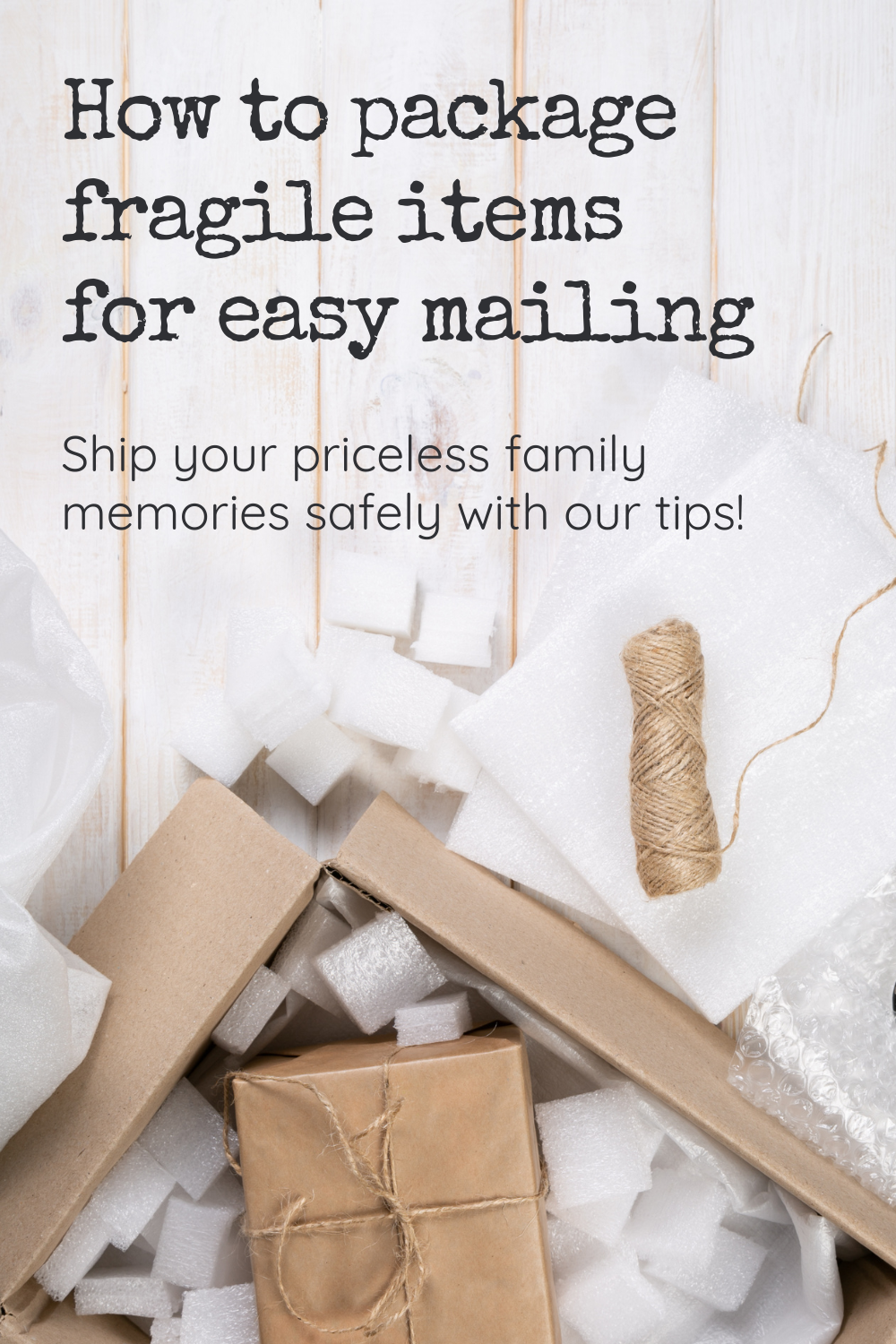If you aren’t local to our headquarters, or any of our 40 satellite storefront locations, you may need to mail your material to EverPresent for digitization. It is very common to be wary of sending your precious family memories through the postal service, and how to mail photos and videos is one of our most common questions. So we asked our packing expert for some pro-tips on how we put together boxes of your treasured albums, video tapes, frames and more for the safest possible shipping. We also added bonus tips from years of experience organizing client photographic material.
For this post we spoke to Nicole Reid, the Assistant Manager of the Logistics Department to give us some insight into best practices when it comes to packaging your material. She has seen lots of jobs come in through the mail, and packaged thousands of jobs for mail, satellite, and in-store pickups over her time at EverPresent.
PREPARING EVERYTHING FOR SHIPPING
What is the best way to mail photos and videos?
(particularly photos, albums, slides, negatives, film/audio reels/ tapes)
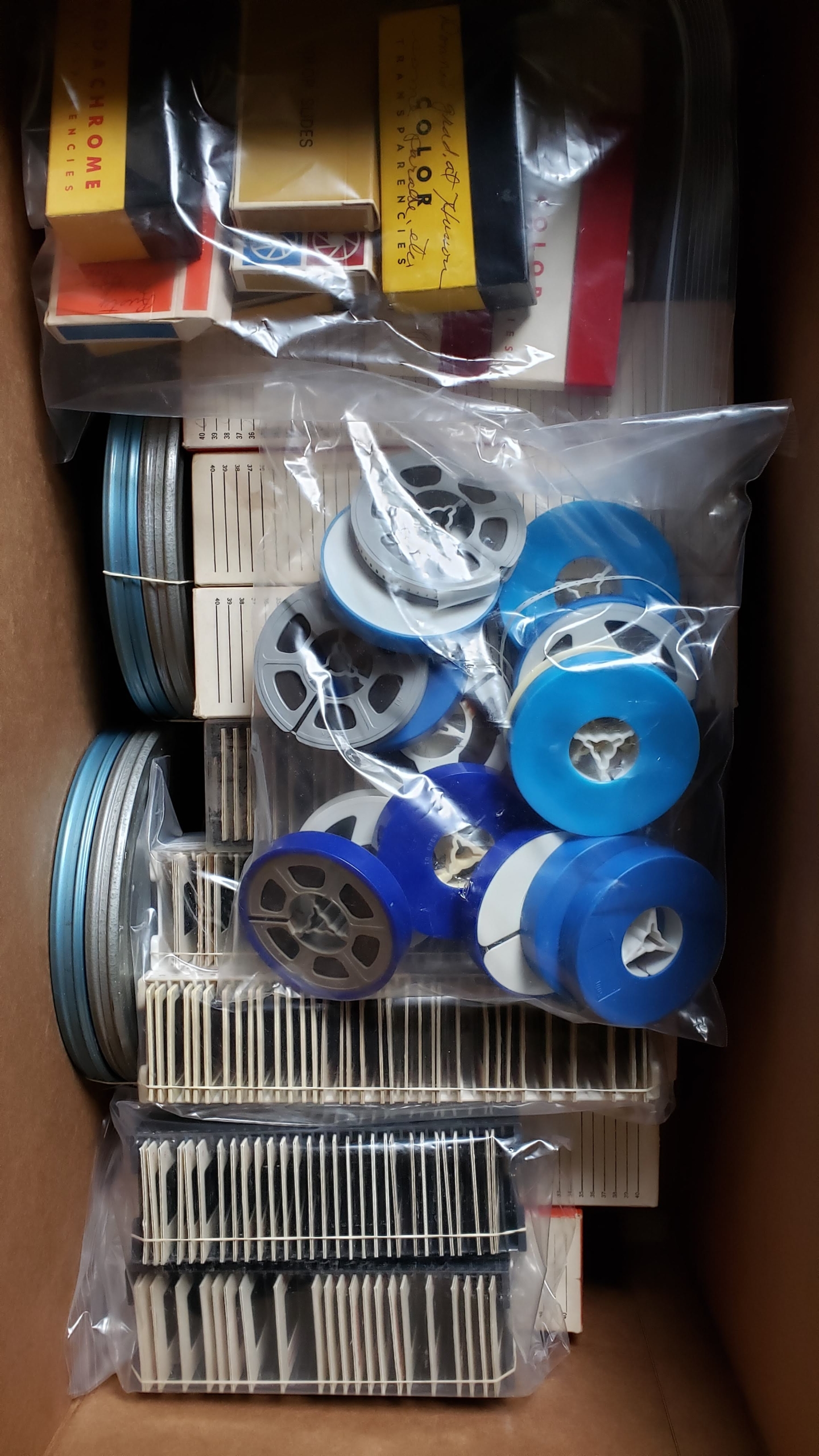
HOW TO MAIL PHOTOS AND VIDEOS: Albums
Nicole Reid: When it comes to albums, I try to stack them on top of each other; each with a layer of bubble wrap between for safekeeping. If you place the albums spine down, there is a chance you will damage the integrity of the spine, thus leaving it more vulnerable to fall apart.
HOW TO MAIL PHOTOS AND VIDEOS: Slides
NR: Naturally, packing slides is easier when they are in sleeves. If sleeves aren’t readily available, I tend to lean toward putting them in bags, no one wants a bunch of loose slides with the potential to slip through any cracks in the packaging.
If your slides are still in carousels, make sure the plastic ring is completely locked in place. If this device is missing or doesn’t click properly, you might be better off removing the slides to keep them in order, otherwise the slides may just end up all over on the bottom of the box. If there is any chance of a lid falling off of a box, rubber band those in place too.
HOW TO MAIL PHOTOS AND VIDEOS: Photos
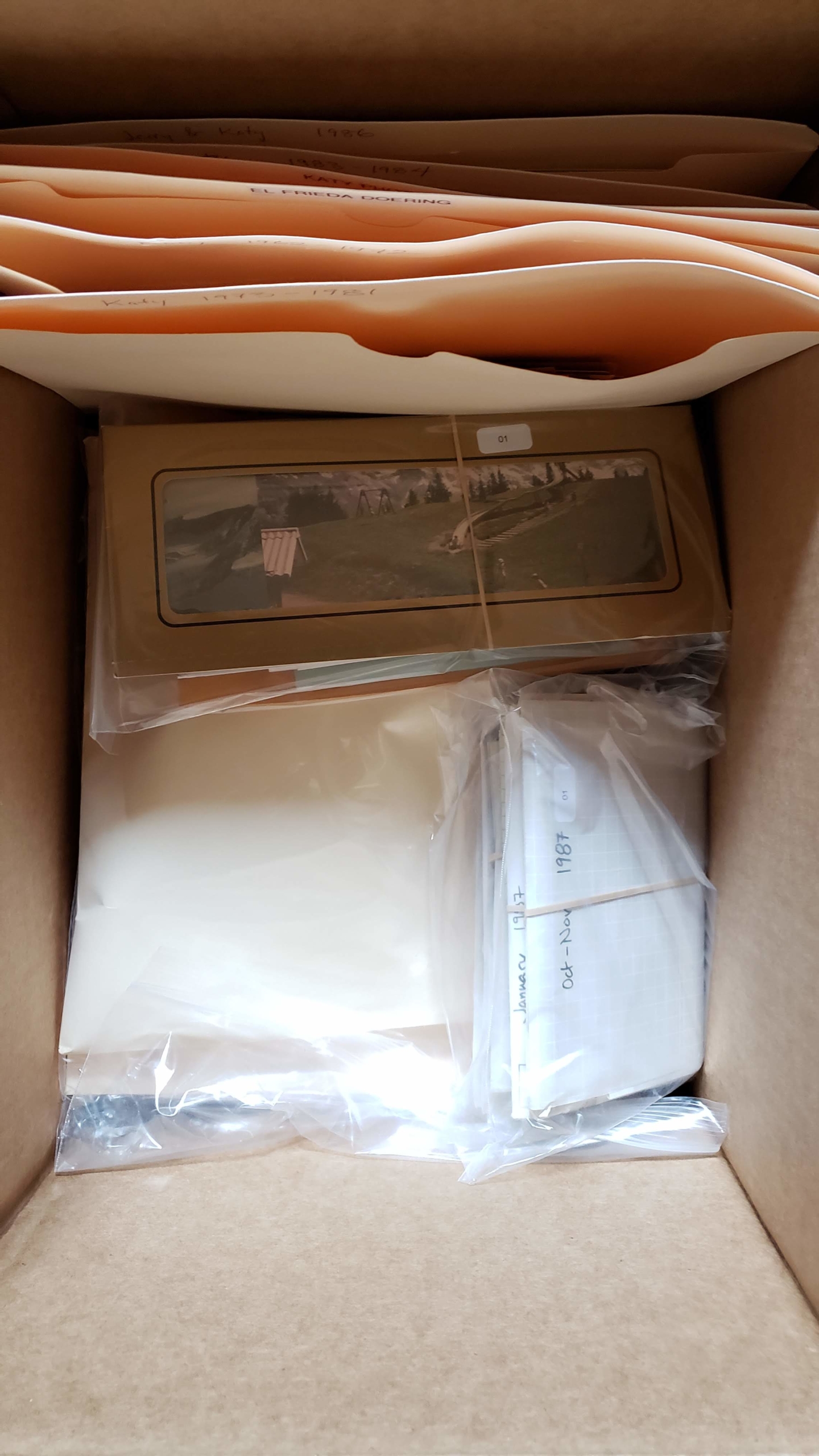
NR: This media is one of the easiest to accidentally damage, as thin prints will show any signs of bending or warping. Avoid using paperclips, as well as rubberbanding very delicate/thin paper (such as newspapers or old photographs). If using rubber bands to group photos- ensure they are all the same size: larger photos will bend around the smaller ones, and smaller photos can slip through if they get loose. Boxes with secure edges, or sturdy folders are the best way to ensure photos don’t get bent, but carefully placing them in appropriately sized bags works too.
HOW TO MAIL PHOTOS AND VIDEOS: Tapes and Film Reels
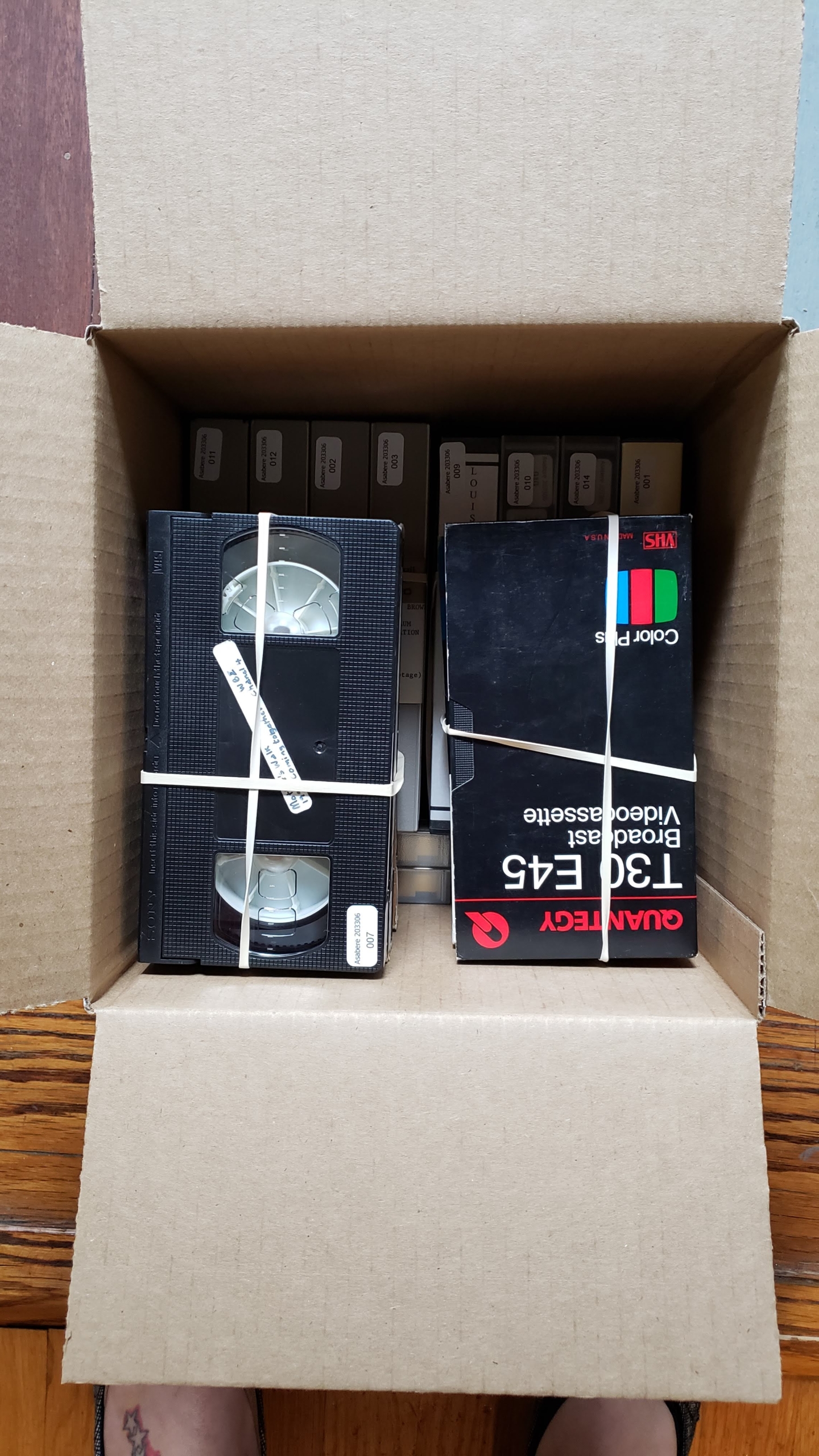
NR: Sometimes tapes will fit perfectly into a box, but more likely you’ll have an extra few that are floating around. Banding them into groups keeps them from shuffling around as much during transportation. Same goes for multiple containers of reels.
How to mail photos and videos when fragile (like frames, glass slides, or very delicate albums)?

NR: When packing frames, it’s important to use a generous amount of bubble wrap whether you wrap each frame individually, or simply separate each bundle of frames with rubber bands and wrap each section. The best mindset for packing fragile materials is using your best judgement, and when you are finished, give your package a little shake and ask, do the contents move around? If the answer is yes, you need more bubble wrap to ensure your contents stay safe.
If you have lost the original case/box etc what is the best way to re-pack the media to avoid damage?
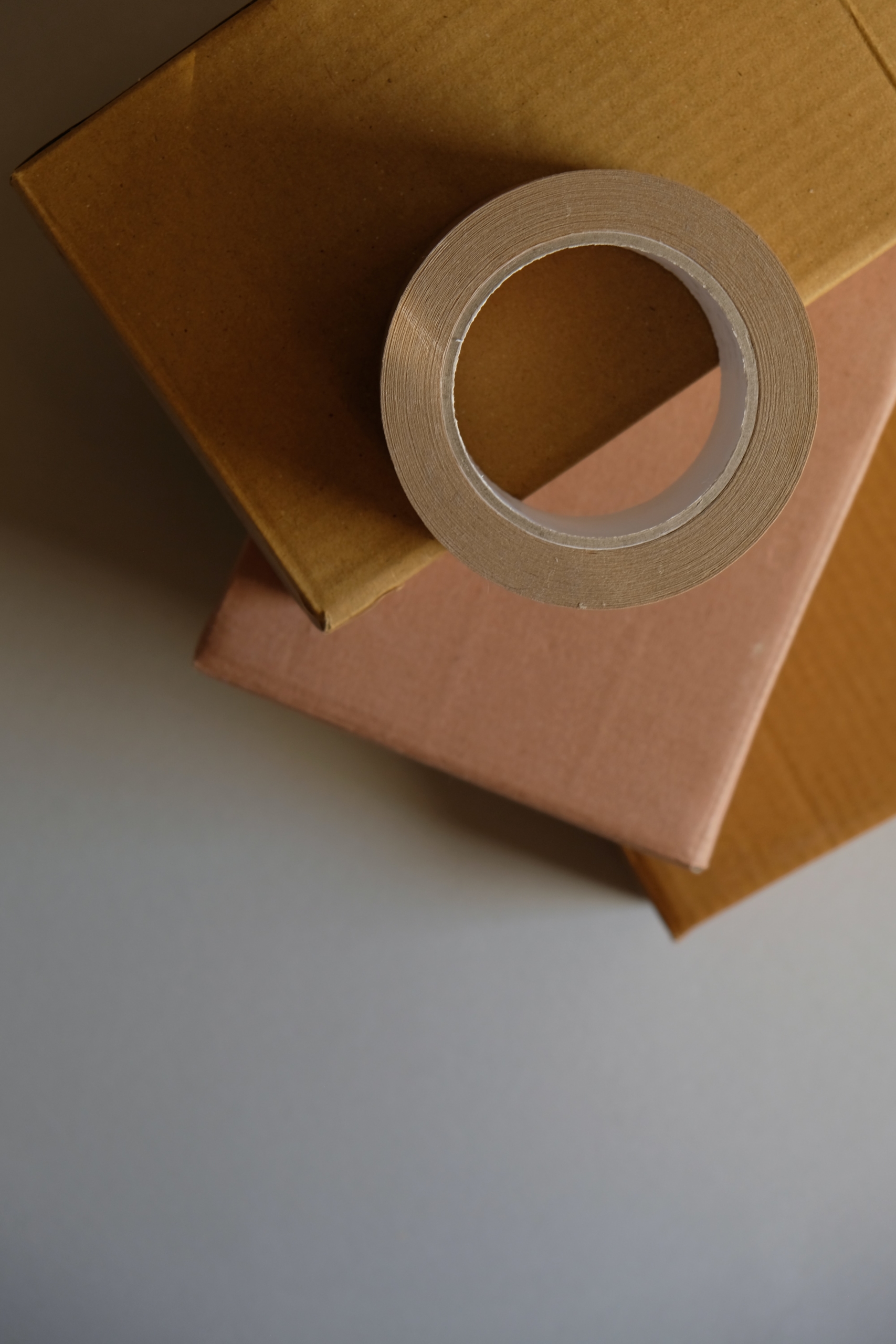
NR: Things may be more simplified to pack if they are in the original case/ sleeves, but improvising works just as well. If I pack a VHS To Digital and photo job together, I wouldn’t be putting heavy VHS on top of photos with a chance of them creasing. Usually, I’ll place the VHS tapes first, lay down a layer of bubble wrap, then use some chip wood or cardboard cut to the size of the box, and proceed to lay it down so I have a nice flat surface. This not only ensures the photos don’t have the potential to be creased by the VHS tapes, but also limits the chances they will move if the box is dropped/ or jostled. A tote bag (or even more simply, a tshirt) can work as an alternative to a case.
What are the most common mistakes when packaging material?

NR: Common mistakes are also honest mistakes…The biggest one is making sure you are using enough tape when you build your box and when you seal it. I first put a line of tape down the bottom, and then each along the sides; and lastly one across the center on the bottom, this ensures your materials won’t fall out through any cracks. Repeat the process when you seal your package too, this makes it so the package doesn’t have a chance of opening during shipping.
DO NOT USE MOVING BOXES WITH HANDLES. They crush, things fall through the handle holes and they aren’t stable enough for shipping, that’s why they’re so cheap. All of our inbound damaged mail materials come from the improper use of these boxes!
What are the biggest shipping risks to mail photos and videos, and how can they be avoided?
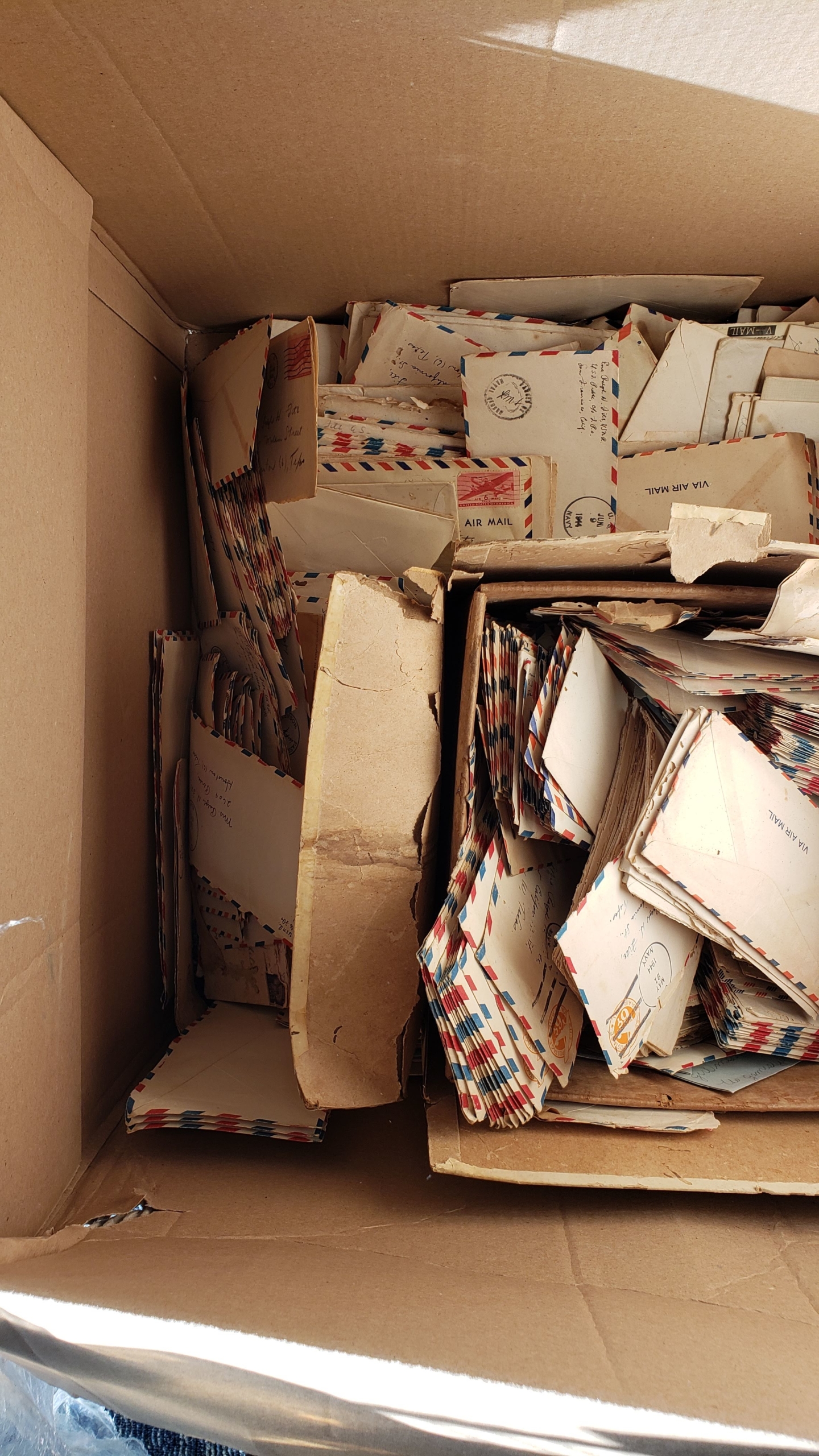
NR: This one might be more straightforward…potential trouble could be trying to cramp everything into a box that is too small for the contents. It’s better to get a bigger box and be safe; just because it “mostly fits” it doesn’t mean it’s safe. There’s always a chance things may crease or break if you pack things too tightly.
At what weight should you stop trying to put everything into one box and split the material between multiple containers?
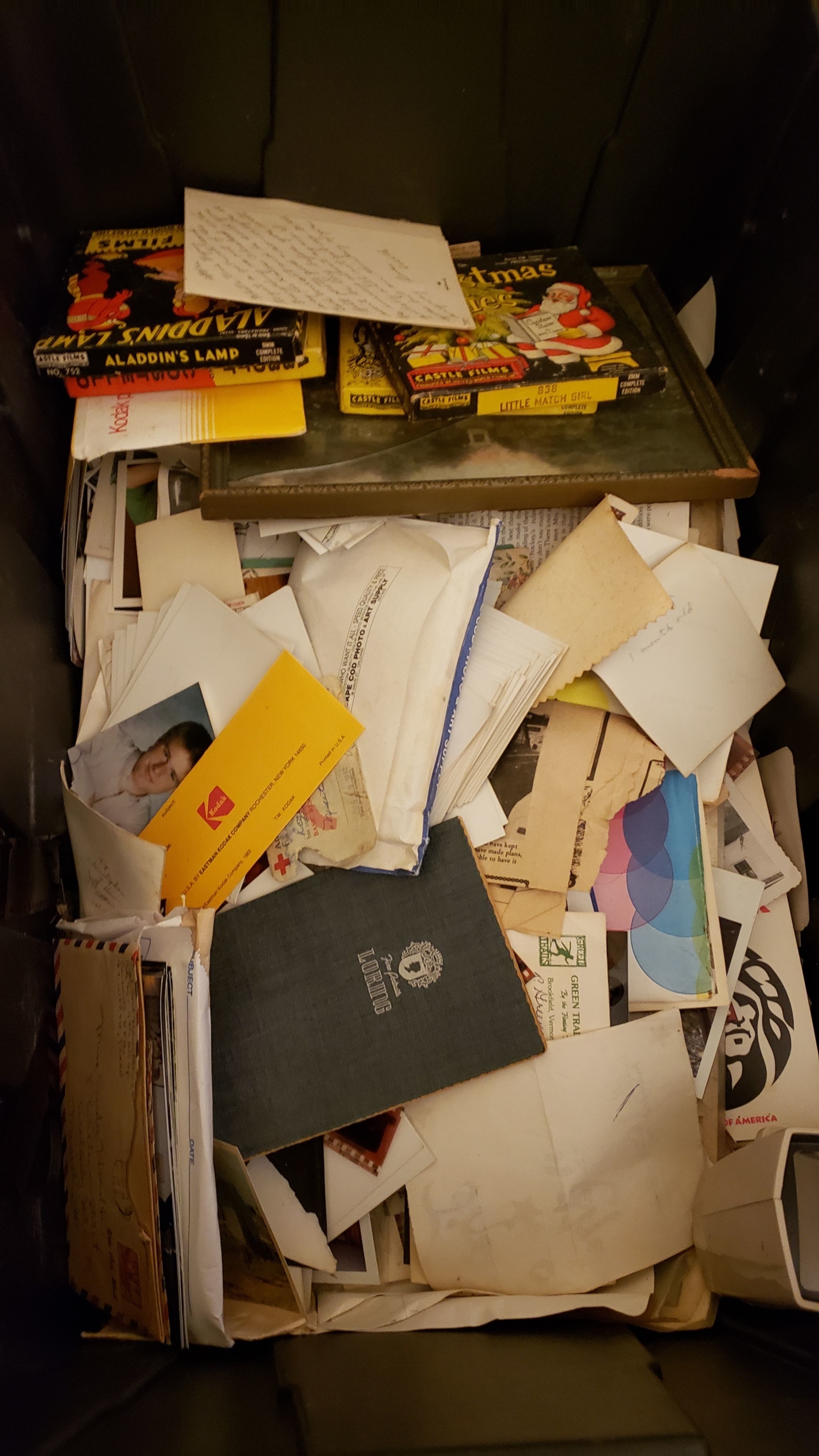
NR: Try to keep things under 25 pounds. If you’re unsure if something might be too heavy, try seeing if you can comfortably lift it, if the answer is no, it’s too heavy. When sending materials through mail, the price is often determined by how much a package weighs, unless it is a flat rate box. If you pack something that is very heavy, the cost may surprise you. Packing things lighter will not only save money, but also your back.
Any last pro tips for safe handling before you mail photos and videos
NR: To close, packing shouldn’t be something that is rushed. Just like you double check to make sure you locked your car, give your package the extra care and attention to ensure it arrives safe.

